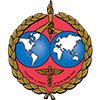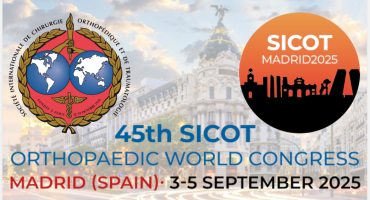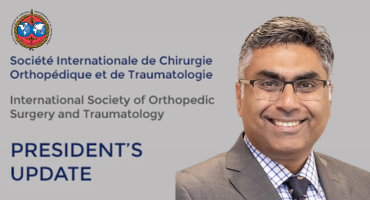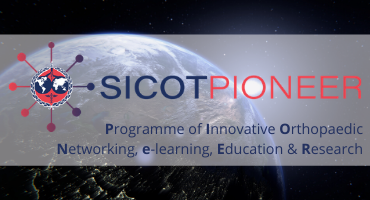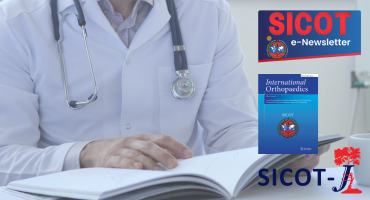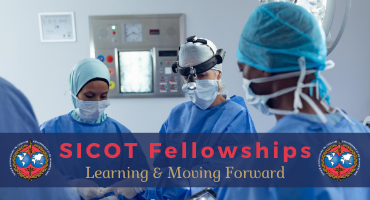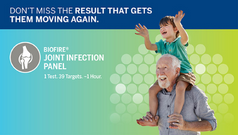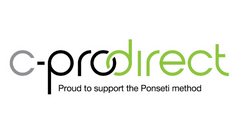Effects of medical training therapy on injury rehabilitation and sports-specific performance in elite rock climbers: A randomized controlled trial
Injury. 2025 Jan 6;56(2):112134. doi: 10.1016/j.injury.2024.112134. Online ahead of print.
ABSTRACT
BACKGROUND: Medical training therapy (MTT) is an advanced, individualized rehabilitation approach that integrates multiple methods to improve physical function. It is widely applied to rehabilitate sports injuries. This randomized study evaluated MTT's effects on physical injury rehabilitation, mental function, and athletic performance in elite rock climbers.
METHODS: Thirty elite climbers (mean age 19.5 ± 2.9 years) from the Chinese National Climbing Team were randomly assigned to either an intervention group (MTT, n = 15) or a control group (CON, n = 15) for 16 weeks (May 6 to August 25, 2024). Both groups had access to the same rehabilitation facilities and physiotherapy. The CON group followed routine training, while the MTT group received additional exercises. The primary outcome was the incidence of climbing-related injuries across 19 body regions. Secondary outcomes included specialized abilities, Functional Movement Screen (FMS) scores, Self-Rating Anxiety Scale (SAS), and Pittsburgh Sleep Quality Index (PSQI).
RESULTS: The total number of injuries (375, 4.74) and the duration of discomfort (weeks) in the MTT group were lower than those in the CON group (492, 7.26). The MTT group demonstrated significant improvements in outcomes at six sites including the shoulder, forearm, hand, wrist, upper back, and hip (10 % and 21.25 %, 6.67 % and 19.17 %, 27.08 % and 56.67 %, 10.42 % and 3.75 %, 17.08 % and 27.08 %, and 2.08 % and 4.58 % for the MTT and CON groups, respectively, p < 0.05). In tests of sports-specific performance and psychological functioning in rock climbing, time and between-group interaction effects were observed (p < 0.01) for the Finger Strip Endurance Test, Hanging L-Lift Leg Test, FMS, and SAS. After the intervention, the MTT group exhibited a relative increase in injuries to the neck, upper back, and knees (6.25 % and 1.25 %, 6.67 % and 13.33 %, and 13.75 % and 7.08 % for the MTT and CON groups, respectively, p < 0.05).
CONCLUSION: MTT is an ideal method for the rehabilitation of injuries in elite rock climbers and for facilitating their early return to sport. It addresses the majority of athletes' physical injuries and reduces the concentration of injuries in high-risk areas. Additionally, it specifically improves athletes' performance in specialized tests to alleviate the symptom of anxiety.
PMID:39787782 | DOI:10.1016/j.injury.2024.112134
